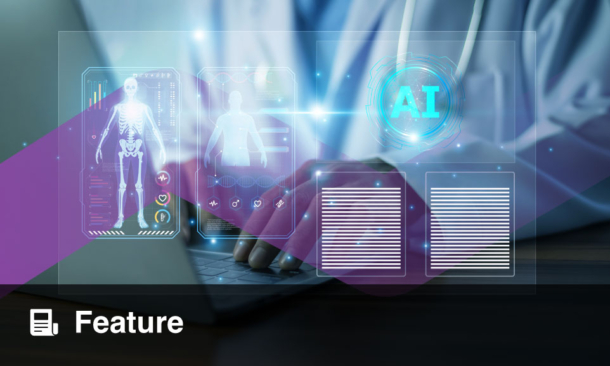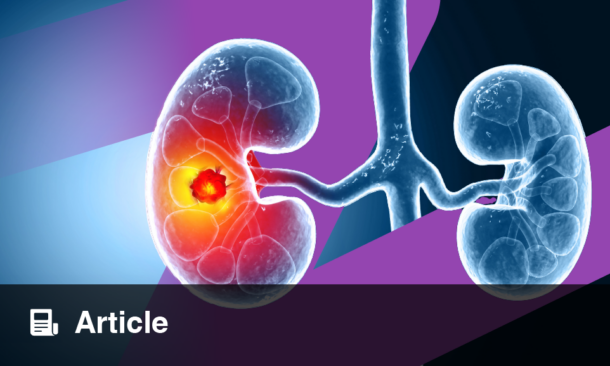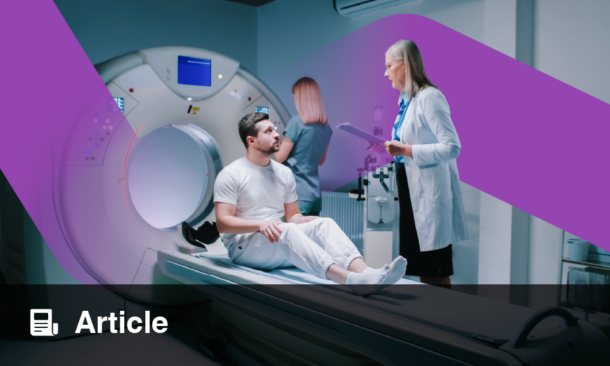Author: Victoria Antoniou, EMJ, London, UK
Citation: EMJ Radiol. 2025;6[1]:24-26. https://doi.org/10.33590/emjradiol/XKWV2311.
![]()
THIS YEAR’S European Congress of Radiology (ECR) saw experts in the field flock to Vienna, Austria, for insights and updates presented in fascinating abstracts, exciting plenary lectures, focused presentation sessions, and riveting new horizon sessions. One such talk, ‘Sustainability and equity in radiology AI: ensuring a fair future’, expertly chaired by Daniel Truhn, Aachen University, Germany, explored many aspects of sustainability in radiology, ranging from what health technology companies can do to make their practices greener to the impact and bias of AI in clinical practice.
THE SHARED RESPONSIBILITY OF SUSTAINABLE AI
To give the first perspective on the role of AI in ensuring a more sustainable future for radiology, Sophie Thornander, Philips, Amsterdam, the Netherlands, took to the stage to give an overview of the uses and benefits of AI in radiology. AI is already proving helpful in providing better patient outcomes, streamlining workflow and operations, and expanding access to care in medically underserved communities. Innovation with AI is not only helping radiologists and patients, but in many ways, it is also benefitting the planet. Thornander described novel imaging techniques that use a significantly lower dosage and have an improved low-contrast detectability, as well as noticeably less noise. This results in less contrast media, which is better for patients on the one hand, but additionally means fewer raw materials are used, as significant amounts of packaging are used for contrast media.
The environmental impact of digital healthcare is expected to grow in the coming years, with the increased use of phones, laptops, digital servers, and data centres, to mention a few. There are specific data demonstrating that despite its many benefits, AI negatively impacts the environment. Thornander pointed out that given the many benefits and disadvantages, it is the entire life cycle of AI and digital healthcare that we need to be looking at. Health technology companies need to consider the environmental trade-offs, as well as factors such as patient safety, when considering the future of AI in radiology.
The key aspect of sustainable AI, Thornander emphasised, is collaboration. Partnerships between industry, clinics, non-governmental organisations, as well as those outside of healthcare, are a vital part of introducing new technologies and AI into radiological practice. Sharing insights, methods to optimise cloud capabilities, and strategy will make not only for incredible innovation in the field but will also help to make it a more sustainable practice overall.
HOW GREEN IS CLINICAL AI?
There is no doubt that the future of AI in healthcare is exciting and full of opportunity; however, there remains the question of how environmentally friendly it is at present. To expand on some of Thornander’s points and explore the carbon impact of AI in clinical practice, Jan Niklas Clusmann, Dresden University of Technology, Germany, was next to speak.
“The climate catastrophe is the number one cause of morbidity and mortality,” Clusmann pointed out, as he showed the audience figures depicting just how much temperatures have risen in recent decades. With this statement came the question of whether healthcare professionals are indeed doing more harm than good, as their practice contributes significantly to the climate crisis, which is in itself a serious medical crisis. This moral question is not limited to the clinic either, as Clusmann pointed out the immense amounts of carbon emitted each year solely by attendees flying to congresses. Additionally, as technologies become more sustainable, the demand increases, creating somewhat of a paradox.
And so, how does AI help clinicians to be more sustainable in their practice? Clusmann went on to show that AI has the potential to reduce MRI scan times by 25%, meaning that the CO2 emitted through AI use is far less than would be emitted in that extra time by an MRI. Moreover, AI may allow us to reduce the number of MRIs taking place, further decreasing carbon emissions. This is only one example of the potential environmental benefits of increasing AI use in radiological practice.
Clusmann’s presentation showed that although it is not as simple as using AI wherever possible to reduce the environmental impact of medicine, it is a powerful tool, and if used correctly with monitored demand, the use of AI could indeed make clinical radiology a greener practice.
EQUITY AND BIAS OF AI IN RADIOLOGY
“If the model doesn’t work well for anyone, that’s not a biased model. But if the model doesn’t work well for a specific group of patients, that’s a biased model,” said Judy Gichoya, Emory University, Atlanta, Georgia, USA, as she began her presentation. Taking a break from discussing environmental impacts and climate change, Gichoya gave a different perspective than that of her colleagues during this session, speaking about equity in the use of AI in radiology.
Gichoya pointed out that a biased model, though often accurate, would be greatly improved by factoring in an equitable outcome. For example, if a patient is unlikely to attend an MRI appointment, a biased model might suggest double-booking the slot to avoid wasting time, but a model with an equitable outcome would mean clinicians looking into the ‘why’ of the patient’s lack of attendance. This could include transport issues, an inability to leave work, or any other reason. Factoring this in, however, could still lead to a slot being lost, and so Gichoya emphasised the need to move away from the usual mathematical models to factor in bias, and figure out a way to understand the complexities of bias and equity when considering treatment.
In order to create such models, we must use shortcuts. However, Gichoya pointed out, program shortcuts use patterns learnt from several previous examples, and so their ability to understand something out of the ordinary is limited.1 There are many examples of computer models being unable to understand an image unlike the others in the dataset. A well-known example of this issue in radiology occurred when a pneumonia model used shortcuts to diagnose the condition; however, the model never actually looked at the lungs. Instead, it analysed another part of the image to determine whether or not the patient was in the intensive care unit and diagnosed pneumonia based on this, as most patients having chest imaging done whilst in the intensive care unit had pneumonia.2 These examples go to show that mathematical models are not foolproof, and it can be difficult to create medical imaging datasets.
Gichoya closed her talk by emphasising the importance of such models, highlighting how they can streamline processes and improve patient care. However, at the same time, she urged radiologists to check their shortcuts and bear in mind that these models are not perfect.
A PATIENT’S PERSPECTIVE AND CONCLUDING REMARKS
Erik Briers, European Prostate Cancer Coalition, Antwerp, Belgium, brought the session to a close with his insights into AI in radiology from a patient perspective. As a patient, he remarked, he does not need to know the ins and outs of how the programming works, the way that a radiologist might want to. However, AI platforms can make information more generally accessible to patients and can help to bridge the gap between healthcare providers and their patients. Although there are risks and inaccuracies, and some patients may find the concept overwhelming, there is a lot of potential when it comes to AI for patients and radiologists alike.
This insightful session shed light on the many aspects of sustainability and equity in radiology AI, proving that although there are many exciting opportunities on the horizon, there are multiple factors to consider that may not appear obvious at first. The use of AI can, in many ways, damage the environment further, and models implemented in clinics can make mistakes, causing inaccuracies on the one hand. On the other hand, AI has the potential to reduce time taken in imaging, therefore reducing carbon emissions, and can make information more accessible for patients.
The future of radiology is undoubtedly rooted in automation and AI, and it has become clear from sessions like this that there are countless factors to consider and several risks associated with its use.







